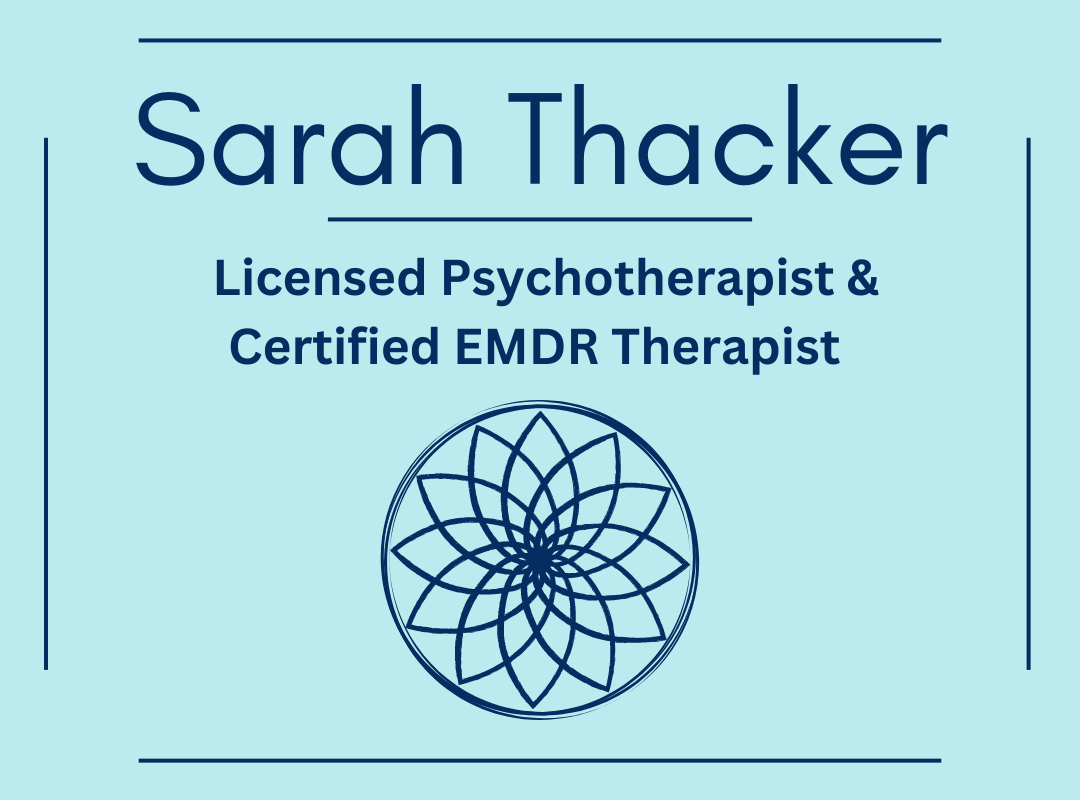Now that we’ve covered the six primary inner strengths, it’s time to integrate them into the fabric of our being so we are more able to live in a space of happiness, contentment and peacefulness. Let’s examine how to use these six inner strengths to help grow out of and overcome our weaknesses.
Growing internal strengths is work—l mean, sometimes really hard work. Growing inner strength requires self-awareness, a desire to change, and putting in effort consistently to make it happen. Let’s face it, change is hard, demanding and often painful. However, is change even more painful than living in space of discomfort, avoidance and struggle? What is the real cost to you within your life to NOT change? If you desire to transform your life, change is necessary.
Of these six inner strengths (remember that there are a whole lot of other inner strengths—these are just the primary ones that I’ve focused on over the last several posts), did any stand out to you that you’d like to build? Did you notice if each already exist within your being and how you approach your life? I know the desire to possess each of them is strong for me, however, I did notice how some of them were not as super solid within me as I applied them to myself! One of the ways that I most live within my personal authenticity is when I am practicing self care and growing on all levels. Examining these inner strengths made me come face to face with how complacent I can be with my weaknesses—which then causes me to not live within my authenticity—yikes! An opportunity to grow is exciting and scary at the same time, right?
Spend some time examining your current life a bit. Reflect on the following thought questions and journal out your answers if you like:
Where do you hold yourself back from your dreams?
If you applied these inner strengths to how you approach your relationship with food, what did you notice in relation to each of the strengths and how they could help improve this relationship?
Where do you feel the most struggle within your life?
Where are you hiding or what are you hiding from?
What limiting beliefs do you hold onto about yourself and/or your life?
When you allow yourself to really answer these questions, you will find valuable information about where you are ready to grow and evolve into you…only better! This is where your true self is longing to level-up, to create greater consciousness. When you do this, you first will go through the temporary discomfort of stepping out of your comfort zone. Once you pass this temporary discomfort, you are able to experience the freedom of living within the authenticity of your true self and ultimately create more comfort and pleasure.
Begin by selecting one area within yourself that you might consider to be a weakness. One of my primary weakness—as I perceive it anyway—is impatience…(my husband verified this for me.) Then determine which inner strength would help to manage that weakness and ultimately build it into an inner strength. For me, in order to help improve my impatience, I’d like to build temperance (along with all of the others!) Check within yourself and go into any areas where you might avoid noticing your perceived weakness(es). Awareness is always the first step!
Just as a reminder, the six inner strengths we’ve been exploring are:
1. Curiosity: Allowing continued growth of knowledge and wisdom
2. Vitality: Allowing continued growth of courage as well as mind & body wellbeing
3. Giving and Receiving Love: Allowing continued growth of love, trust, openness and affirmation for yourself and others
4. Temperance: Allowing continued growth of acceptance, forgiveness & compassion
5. Gratitude: Allowing for continued growth to release the state of wanting and desire and creating a grateful perspective that what you have is enough. This creates transcendence and deeply releases anxiety.
6. Hope & Faith: An inner belief that all will be well without having to control your circumstances. This is the experience of surrender, which is deeply personal and spiritual.
Once you’ve selected one area that needs work (identified a weakness)—and one area to build (identified useful inner strength)—let yourself dive into it. Spend time in reflection about your perception of your weakness and how growing this particular inner strength can help to improve your internal experience and your interaction within your own life. Spend time journaling and talking to others about their perceptions of you (yes, get some—at times hard to hear—feedback!) Begin incorporating daily practices to build this particular inner strength starting today. Give yourself time. Be patient (note to self!) and allow yourself to grow with effort, determination and a focus on why you want to create this strength within.
How will you know when the inner strength has become integrated? It will become evident to you in how you communicate with yourself and others, the choices you make and how others respond to you. Leveling up your consciousness and your life is a lifelong journey and worth the effort. You always have the choice to change or remain right where you are…what will you choose?



